I am often asked to explain my love for military watches.
Having been asked this question for many years, I have concluded my most concise answer to be that they leave me in a constant state of wonderment.
According to the dictionary, wonderment is defined as; “a state of awed admiration or respect”.
When encouraged to elaborate, I tend to refer to one watch to help express my feelings on the subject.
The watch is a rather rough and battered Movado “Weems” Mk VIIA 6B/159 c.1940, which I have owned for several years.
These “Weems” Mk VIIA 6B/159 wristwatches were issued to pilots and navigators of the RAF during WW2 and feature a moveable outer bezel which is set to the second hand to calculate longitude to aid navigation. The watch takes its name from Lt.Cdr P.V. Weems, who was a well-known aviator, navigator and instructor at the Naval Officer School at Annapolis, Maryland, in the U.S.A.
There were five manufacturers of these very special timepieces; Longines, Omega, Jaeger-LeCoultre, Zenith and Movado. It is believed only around 7,000 were issued to the RAF in 1940, with the Movado being one of the rarest to be found today.
My example has certainly seen better days and is not one for the pristine brigade who like their military-issued timepieces looking new and perfect, the reasons for which I have always struggled to comprehend. The dial is almost illegible, the fixed bars have been cut and the case has numerous marks and scratches.
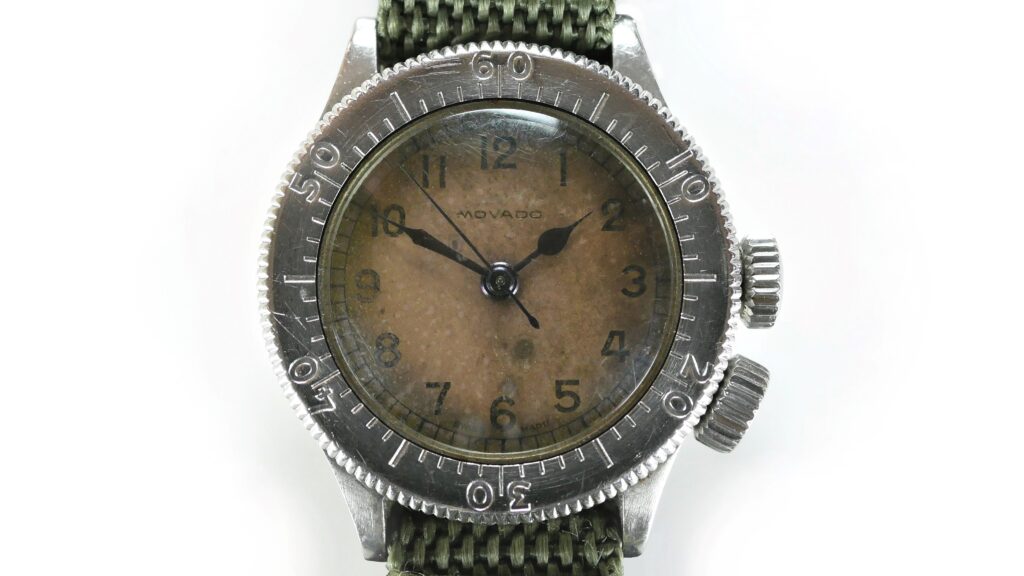
However, all these imperfections make the watch all the more special to me, particularly when I recount its remarkable history.
This rather sorry-looking Movado “Weems” is the former property of Sgt. A. E. Cox, who served as a Navigator and Bomb Aimer with 419 (Moose) Squadron of the Royal Canadian Airforce. The Squadron was named after its first commanding officer, Wing Commander John “Moose” Fulton and was formed at RAF Mildenhall, Suffolk on 15th December 1941, their motto being “Moosa Aswayita” (Beware of the Moose).
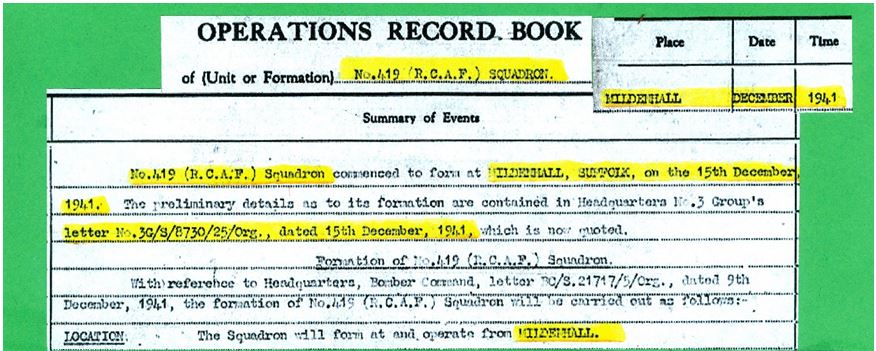
On the evening of 15th January 1942 at 18:10, two Vickers Wellington bombers, X9748 and Z1145, left Mildenhall on a bombing raid to attack the important industrial city of Hamburg in Germany. The crew of six men onboard Z1145 that night were P/O T. G. Cottier, Flt Sgt. L. C. Powell, P/O C. H. Lomas, Sgt. T. N. Pugh, Sgt. J. A. H. Lucas and Sgt. A. E. Cox.
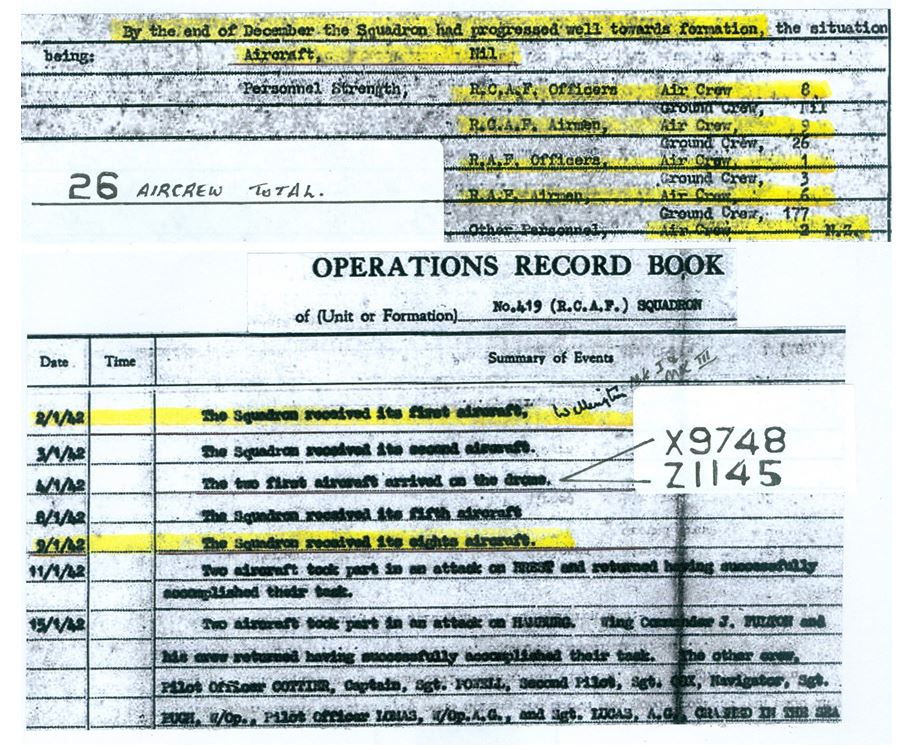
After a successful raid with both aircraft attacking their designated targets, the two Wellingtons turned for home.
There are differing accounts as to whether Sgt. Cox’s aircraft (Z1145) was damaged by enemy action. However, what is known for certain is that the aircraft ran out of fuel and was forced to ditch in the North Sea. Both engines shut off at around the same time and the aircraft crashed at 02:10 on the morning of 16th January near Spurn Head in Yorkshire, England.
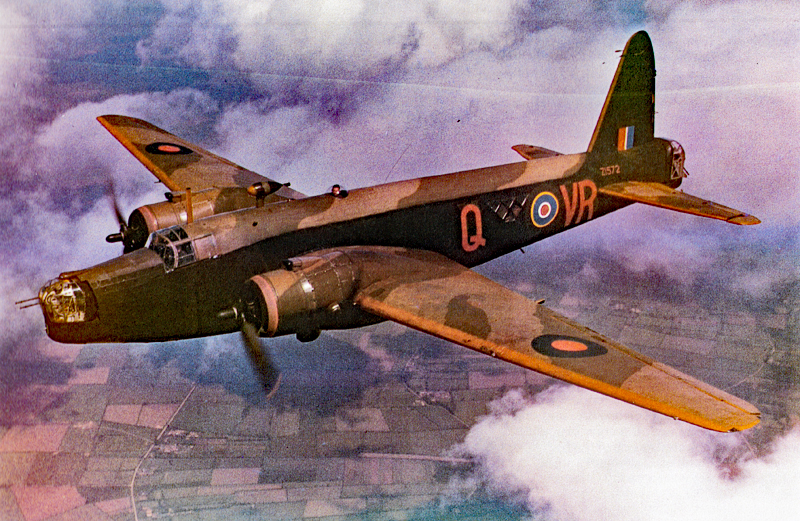
It is believed the aircraft took around two and a half minutes to sink. Sadly, there were only two survivors, Sgt. Cox and Sgt. Lucas. Cox managed to get into a dinghy in a strong south-easterly gale and haul Lucas aboard. They were picked up an hour or so later by the anti-aircraft ship, HMS Goatfell. Both men sustained minor bruises and abrasions and were taken to Grimsby Naval Hospital to recuperate.

It is thought Sgt. Cox returned to active duties shortly after the crash and continued to serve until the end of the war.
419 Squadron was transferred to No. 6 Group on 1 January 1943 and moved to various bases until finally relocating to Middleton St. George in November 1942, where they remained until the end of the war. Beginning with the Wellington, the Squadron later converted to the Halifax and lastly to the Avro Lancaster bomber before being repatriated to Canada in June 1945.
419 Squadron was one of the most decorated RCAF units of WW2 and its members were affectionately known as “Moosemen”.
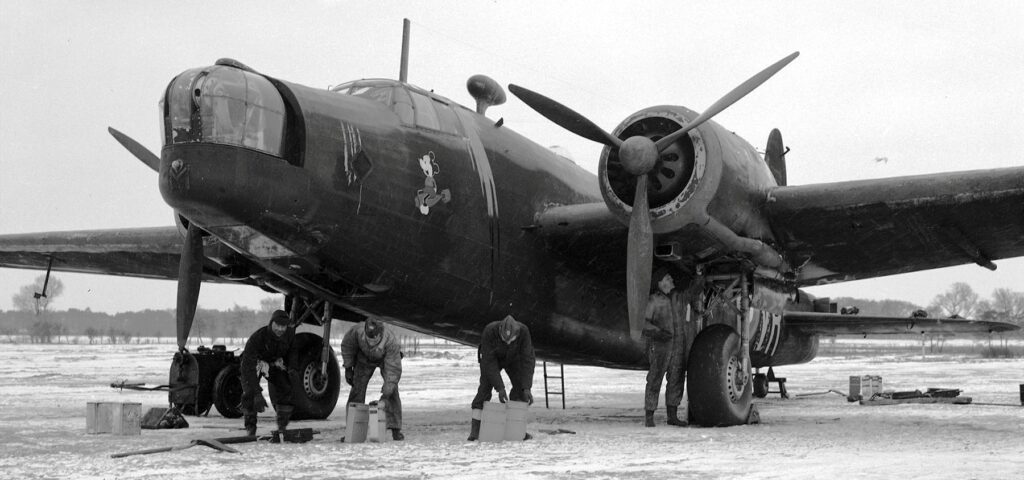
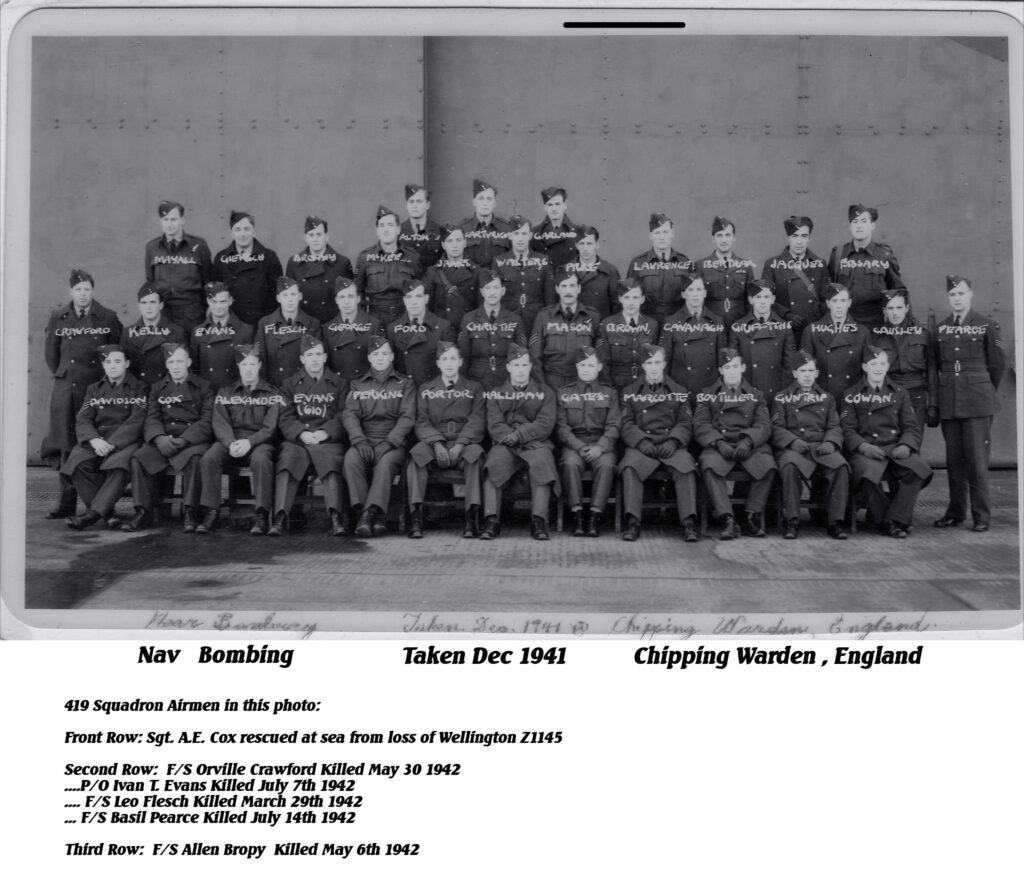
Fast forward over 75 years, a jeweller from British Columbia, Canada made contact with me and advised he had befriended Cox some years ago, after taking an interest in his old Movado wristwatch. Remarkably, Cox continued to wear the watch long after the war, with the only adjustment he made being removable of the fixed bars to accommodate a two-piece leather strap. Remarkably, the movement is in good condition having been regularly serviced over the years.
Unexpectedly, Cox walked into his friend’s jewellery store and presented the watch to him as a gift. Being taken aback by such generosity, the jeweller graciously declined at which point Cox declared, “I’m done with the memories”.
The jeweller offered me the chance to purchase the watch, hoping it would go to someone who would truly appreciate it instead of it continuing to languish in his safe.
As soon as I received the watch, I began researching Sgt. Cox to find out more about him and the fateful bombing raid which nearly cost him his life.
Amazingly, soon after my research began, I discovered full details of the raid and the supremely brave men involved.
There is a wonderful website dedicated to the memory of the men who served in 419 Squadron during World War Two, a link to which is as follows: http://www.419squadron.com
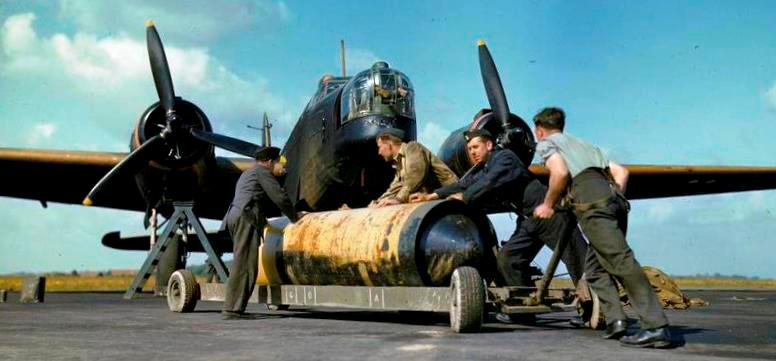
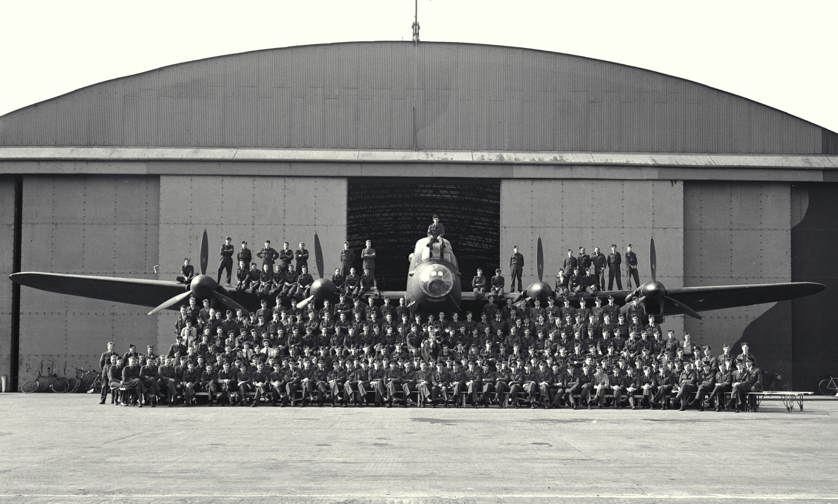
Vintage military watches are surviving witnesses to remarkable moments in history, such as Sgt. Cox’s ill-fated raid on Hamburg. His old Movado may not be pretty to the average watch nerd in the usual sense. However, knowing the watch’s story, its heavily stained dial (presumably caused by water ingress from the North Sea) and general shabbiness make it a dream for someone such as myself who truly appreciate such watches for their history and service, and that of the heroic men like Sgt. Cox who wore them.
The history of these watches is what makes them so fascinating to me and is the primary reason I find them so much more appealing than most civilian timepieces.
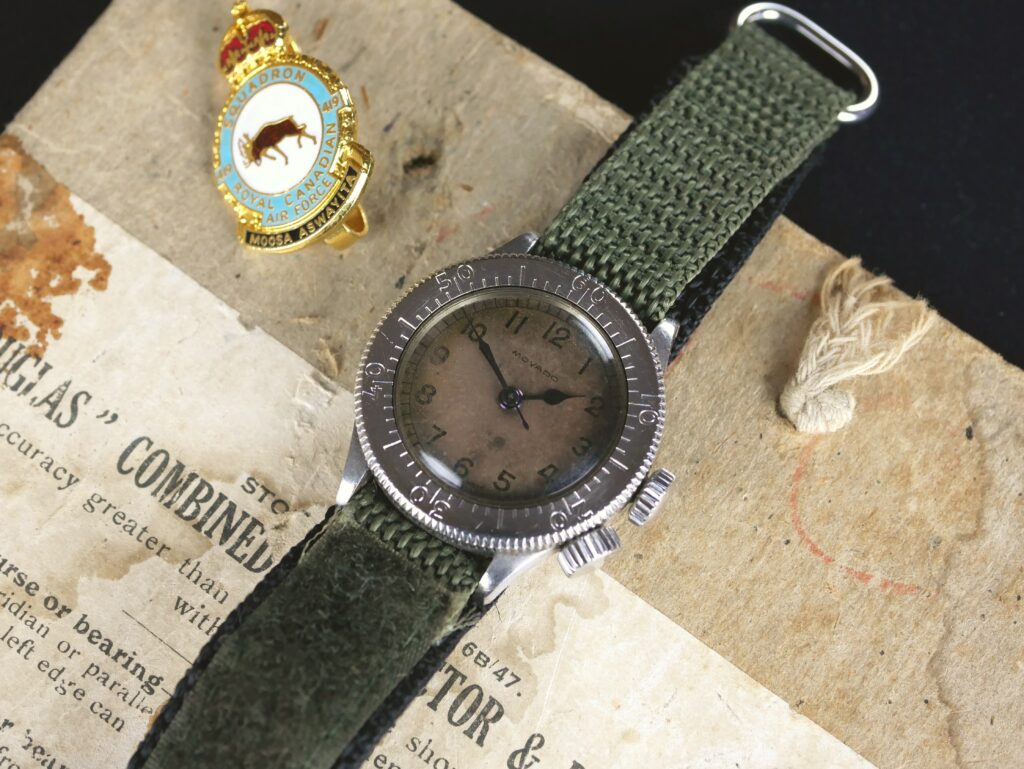
Wonderment; “a state of awed admiration or respect”. This would seem to perfectly sum up my feelings towards Sgt. Cox, his fellow “Moosemen” and his wonderful Movado “Weems”.
Thank you for your interest.